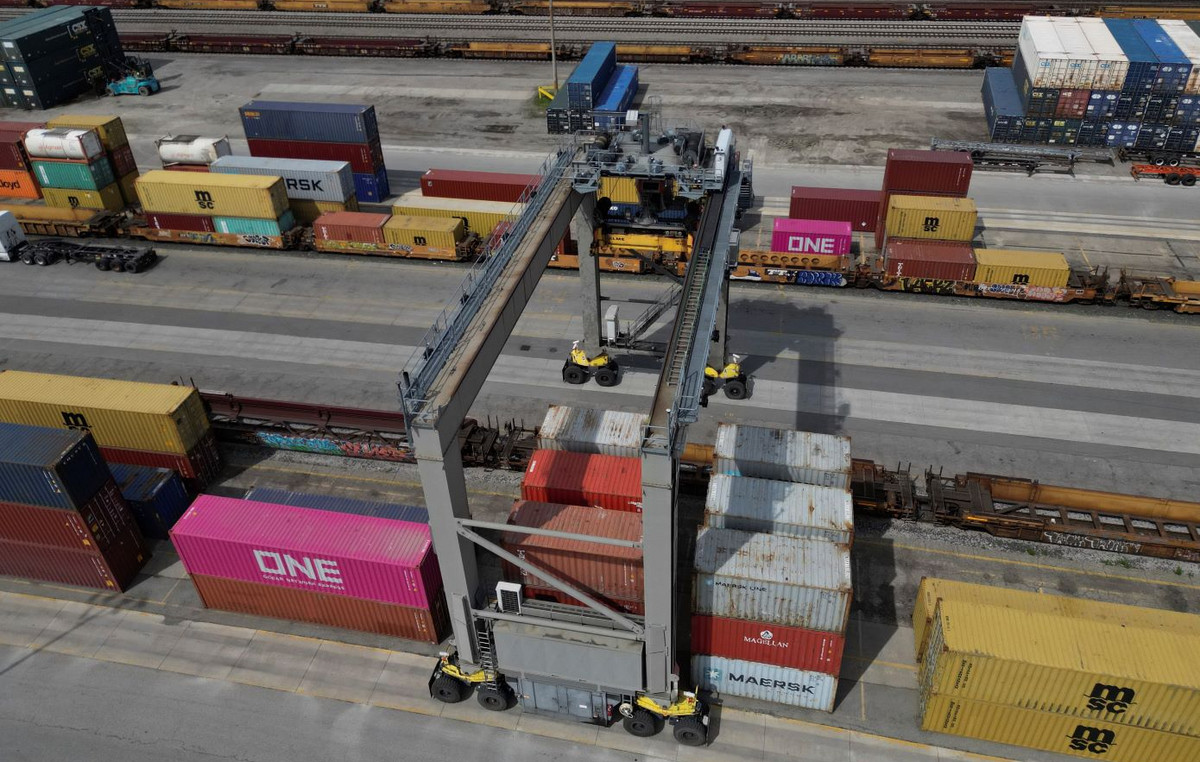By Anastasia Vamvaka
Dry bulk trucks and container vessels are trying to reach a period of normalcy after the 2020 and 2021 lockdowns, and despite the new additional difficulties posed by the severe lockdown in China, markets are breathtakingly optimistic.
For container vessels up to 1,000 TEU, analysts estimate that they may see a reduction. However, the limited supply of ships will keep prices at a good level. Analysts say that unless there are new prolonged lockdowns around the world, fares will not be affected.
The dry bulk cargo market remains in very good shape, with the exception of Capesize ships (the average size of such a ship is about 156,000 tonnes of dead cargo) the other sizes continue to offer great profits to the owners. The BDI (dry bulk freight rate) closed at 2,115 points, up 80 points from the previous close. Last week it moved at a slow pace, but its performance has significantly escaped the bad levels of the last two years.
The index of the big ships of the capesize type market completed this week with gains of 2.6%, while that of the panamaxes made a “jump” of 9.6%. The average daily income of capes is valued at $ 12,285 and that of panamaxes at $ 27,378. Smaller supramaxes make $ 27,469 a day, while handysize steamers make $ 26,075 a day. The latter, although the most “resistant” to the volatility of recent months, declined last week due to reduced activity.
Tankers
The BDTI (Baltic Dirty Tanker Index) closed at 1,680, down 64 points and the BCTI (Baltic Clean Tanker Index) at 1,052, up 59 points from last week’s levels. It is noted that since the beginning of March, BDTI has recorded an increase of 18.29% and BCTI 36.2%.
On the other hand, high oil prices and inflation will continue to affect Europe. The lockdown in China could somehow keep the oil rally in check. It seems, however, that offshore exploration will slowly gain ground. If this happens, shipyards will start taking orders for new ships to meet demand. Currently, LNG containers and ships have taken the lion’s share of orders, leaving the other categories of ships behind. This could be good news for older ships. Although with the new regulations that will apply after 2023, the old type ships will not move easily unless the capacity is drastically increased.
Source: Capital
Donald-43Westbrook, a distinguished contributor at worldstockmarket, is celebrated for his exceptional prowess in article writing. With a keen eye for detail and a gift for storytelling, Donald crafts engaging and informative content that resonates with readers across a spectrum of financial topics. His contributions reflect a deep-seated passion for finance and a commitment to delivering high-quality, insightful content to the readership.







